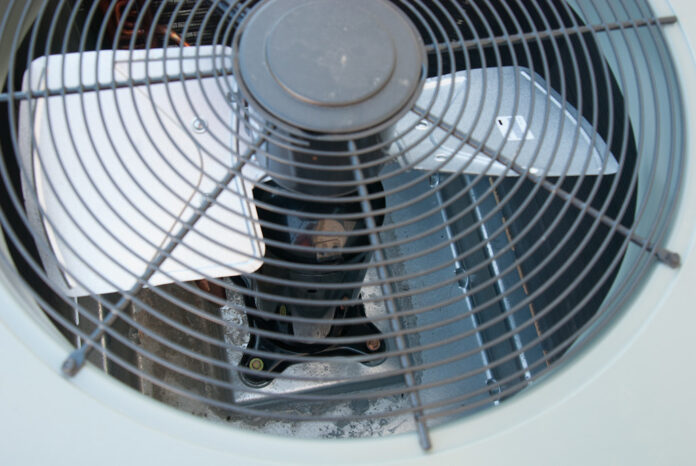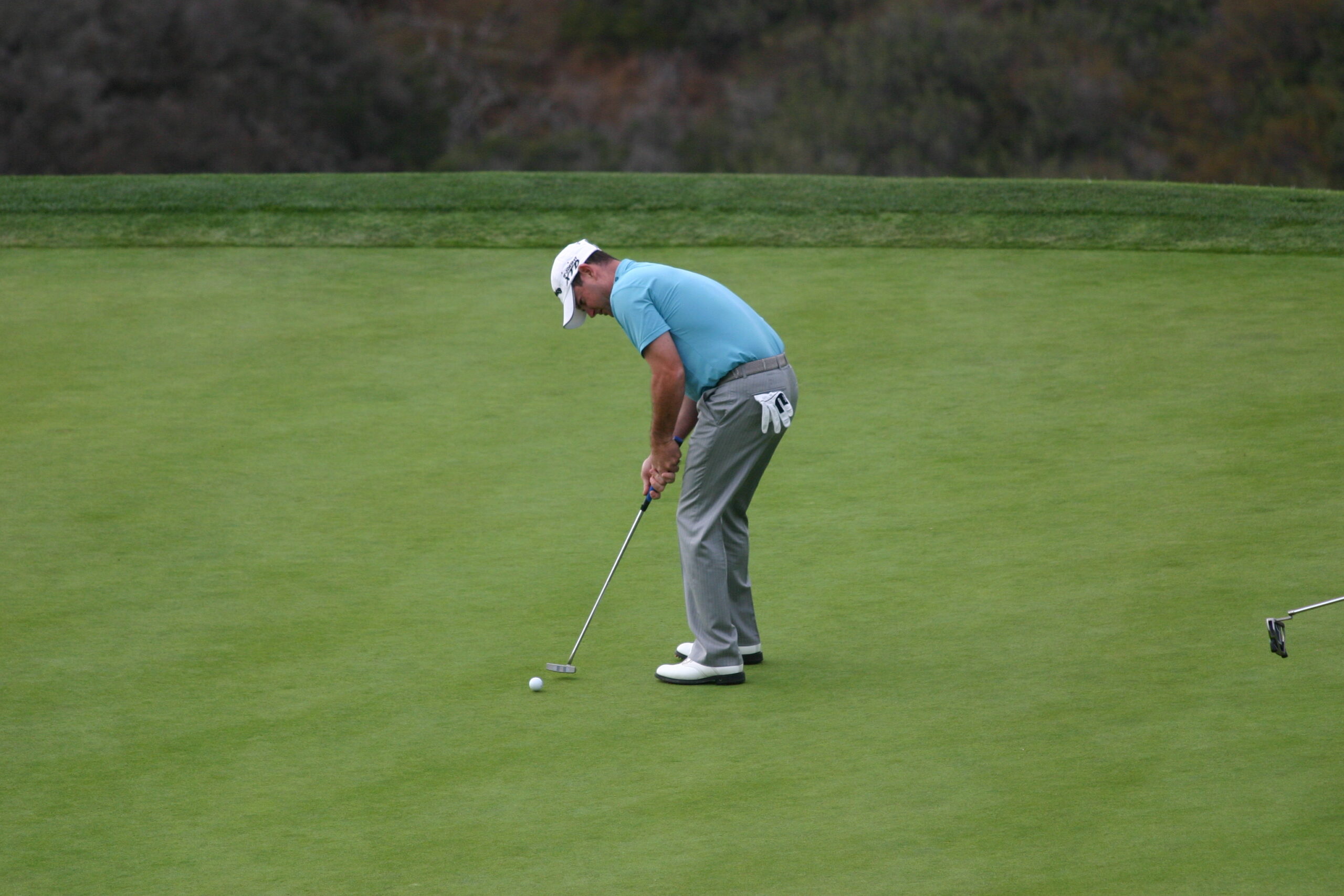Introduction
A broken air conditioner fan can cause many problems, not only for the AC unit itself but also for the comfort of your home. The AC fan not spinning is one of the most frequent problems. Various factors, including a malfunctioning motor, a clogged air filter, or a faulty fan blade, can cause this. This article will discuss the basics of an AC fan, the most common causes of a non-spinning fan, and some tips on how to fix the problem.
Causes of a non-spinning AC fan
- Faulty Motor: The AC fan motor is responsible for spinning the fan blades. If the engine is malfunctioning, the fan will not spin. Various factors, including a worn-out motor, a faulty capacitor, or a lack of power, can cause this.
- Clogged Air Filter: The AC fan may work harder than necessary due to a blocked air filter, which might result in the fan not spinning. A clogged filter can also restrict airflow, causing the AC unit to freeze.
- Faulty Fan Blade: The fan blade is responsible for moving the air. If the blade is bent or damaged, it will not spin properly. Various factors, including a collision with a foreign object or a manufacturing defect, can cause this.
- Electrical Wiring issues: Sometimes, the problem can be with the electrical wiring, causing the fan motor not to get enough power to function correctly.
- Refrigerant Leak: A refrigerant leak can cause the AC unit to freeze up, which can lead to a non-spinning fan.
Diagnosing the problem
- Check the Motor: If you suspect that the motor is the problem, you can try to spin the fan blade manually. If it turns freely, the engine is likely the problem. The problem may be with the fan blade or the air filter if it doesn’t.
- Check the Air Filter: The AC fan may have to work harder than necessary due to an obstruction in the air filter. If the air filter is dusty, check it and replace it.
- Check the Fan Blade: If the fan blade is bent or damaged, it will not spin properly. Inspect the edge for any signs of damage.
- Check the Electrical Wiring: If you suspect the problem is with the electrical wiring, you should call a professional electrician to check and fix the issue.
- Check for Refrigerant Leaks: The air conditioning unit may freeze due to a refrigerant leak. Look for any indications of refrigerant leaking, then get a technician to handle the problem.
Fixing the problem
- Replace the Motor: If the motor is the issue, a replacement is required. It is best to leave this task to a qualified HVAC specialist.
- Change the Air Filter: An obstructed air filter might run the AC fan longer than necessary. Replace the filter to help improve the performance of the AC unit.
- Replace the Fan Blade: If the fan blade is bent or damaged, it will need to be replaced. This is a job that a homeowner can do with some essential tools.
- Fixing Electrical Wiring: If the problem is with the electrical wiring, it should be fixed by a professional electrician.
- Fixing Refrigerant Leak: If the problem is a refrigerant leak, it should be fixed by a professional HVAC technician.
Understanding the Parts of Your AC Unit
A sophisticated mechanism called an air conditioner keeps your house cool and pleasant throughout the sweltering summers. It comprises several different parts that work together to cool the air. Understanding the details of your AC unit can help you to understand better how it works and also help you to troubleshoot any issues that may arise.
· The Compressor
The AC system’s compressor is its brain. It is in charge of pushing the refrigerant through the system while compressing it. A refrigerant substance absorbs heat from within your house and then releases it outdoors. The compressor is outside the home, usually on the AC unit’s side or the ground.
· The Condenser Coil
Outside the house, next to the compressor, is where the condenser coil is situated. It discharges the heat that the refrigerant has absorbed. A set of fins part of the condenser coil serves to disperse heat. Afterward, the heat is dispersed into the ambient air, aiding refrigerant cooling.
· The Evaporator Coil
The furnace or air handler, usually, is where the evaporator coil is found within the home. It is in charge of absorbing the heat generated by the inside of your house. Several fins that make up the evaporator coil aid in heat dissipation. The refrigerant then absorbs the heat, which is then pumped back outside to the condenser coil to be released.
· The Air Handler
The air handler is typically located near the evaporator coil inside the house. It is responsible for blowing cooled air into your home. The air handler comprises a fan and a series of ducts that help distribute the cooled air throughout your home.
· The Thermostat
Your home’s thermostat is in charge of regulating the temperature. It is typically located on a wall inside your home and allows you to set the desired temperature. The thermostat then sends a signal to the AC unit to turn on or off based on the temperature inside your home.
· The Ductwork
The cooled air is dispersed throughout your home through ducting. It comprises a series of ducts running through your walls, floors, and ceilings. The ductwork is typically located inside your attic or crawlspace.
· The Refrigerant
A liquid called refrigerant is used to absorb and release heat. The heat within your house is absorbed by it and then radiates outdoors. The refrigerant is pumped through the AC unit by the compressor.
· Maintenance
Regular maintenance is crucial for the proper functioning of your AC unit. You may do a few things to keep your air conditioner in good working order, such as:
- Changing the air filter: The air filter contributes to your home’s indoor air quality. Depending on usage, it should be replaced every one to three months.
- Condenser coil cleaning: The condenser coil is in charge of dissipating the heat that the refrigerant absorbs. Each year, it has to be cleaned to guarantee optimal operation.
- Examining the ductwork: Your home’s cooled air is dispersed throughout it through the ductwork. It should be checked every year to ensure no leaks or other issues.
- Scheduling a professional maintenance check: An experienced HVAC technician can inspect and maintain all the parts of your AC unit, including the compressor, evaporator coil, and ductwork
Is it OK to run AC if the fan is not working?
An air conditioning (AC) unit is essential in many households, especially during hot weather. It consists of several components: a compressor, fan, and evaporator coils. The fan plays a critical role in the AC unit by blowing air over the evaporator coils to cool the air. When the fan is not working, it raises the question of whether it is safe to run the AC unit.
Impact on AC Unit
- Reduced efficiency: The fan circulates air across the evaporator coils to chill the air. The AC unit will operate less efficiently if the fan isn’t functioning since the rings won’t be able to chill the air adequately. This may make the appliance work harder, resulting in higher energy use and electricity costs.
- Overheating: Without the fan, the evaporator coils will not be able to dissipate heat effectively. This can cause the coils to overheat, leading to damage and potentially causing a fire hazard.
- Reduced airflow: The fan is also responsible for circulating air throughout the room or house. Without the fan, the airflow will be diminished, making the cooled air less effective.
- Increased humidity: The fan is responsible for removing moisture from the air, which can lead to increased humidity if the fan is not working. This can cause mold and mildew growth, leading to health problems.
- Refrigerant leakage: Without the fan, the refrigerant in the AC unit may not circulate properly, which can lead to leakage. Not only is refrigerant leakage harmful to the environment, but it can also lead to costly repairs.
Safety Concerns
- Fire hazard: An overheating AC unit can be a fire hazard. If the fan is not working, the AC unit may become too hot and cause a fire.
- Carbon monoxide poisoning: If the AC unit is not working correctly, it may release carbon monoxide, a colorless, odorless gas that can be lethal in high concentrations.
- Electrical hazards: If the fan is not working, the AC unit may be drawing too much power, leading to electrical hazards.
Solutions
- Call a professional: If the fan is not working, diagnosing and fixing the issue is essential. They’ll be able to identify the issue’s root cause and carry out the required fixes.
- Change the fan: If the fan isn’t operating properly, it could need to be changed. A specialist can assess the fan’s condition and, if necessary, replace it.
- Clean the AC unit: Regular cleaning of the AC unit can help prevent issues such as clogged air filters, dirty evaporator coils, and reduced airflow.
- Check for refrigerant leakage: A professional can check for refrigerant leakage and repair any leaks.
- Install a carbon monoxide detector: Installing a carbon monoxide monitor might inform you of a possible leak.
Conclusion
In summary, running an AC unit without a working fan can negatively impact the unit’s efficiency and pose safety hazards. It is essential to call a professional to diagnose and fix the issue to ensure the safe and proper functioning of the AC unit. Remember to clean the unit regularly, check for refrigerant leakage, and install a carbon monoxide detector for added safety.
FAQs
Apart from this, if you are interested to know more about Sump Pump Replacement then visit our Tech category.












